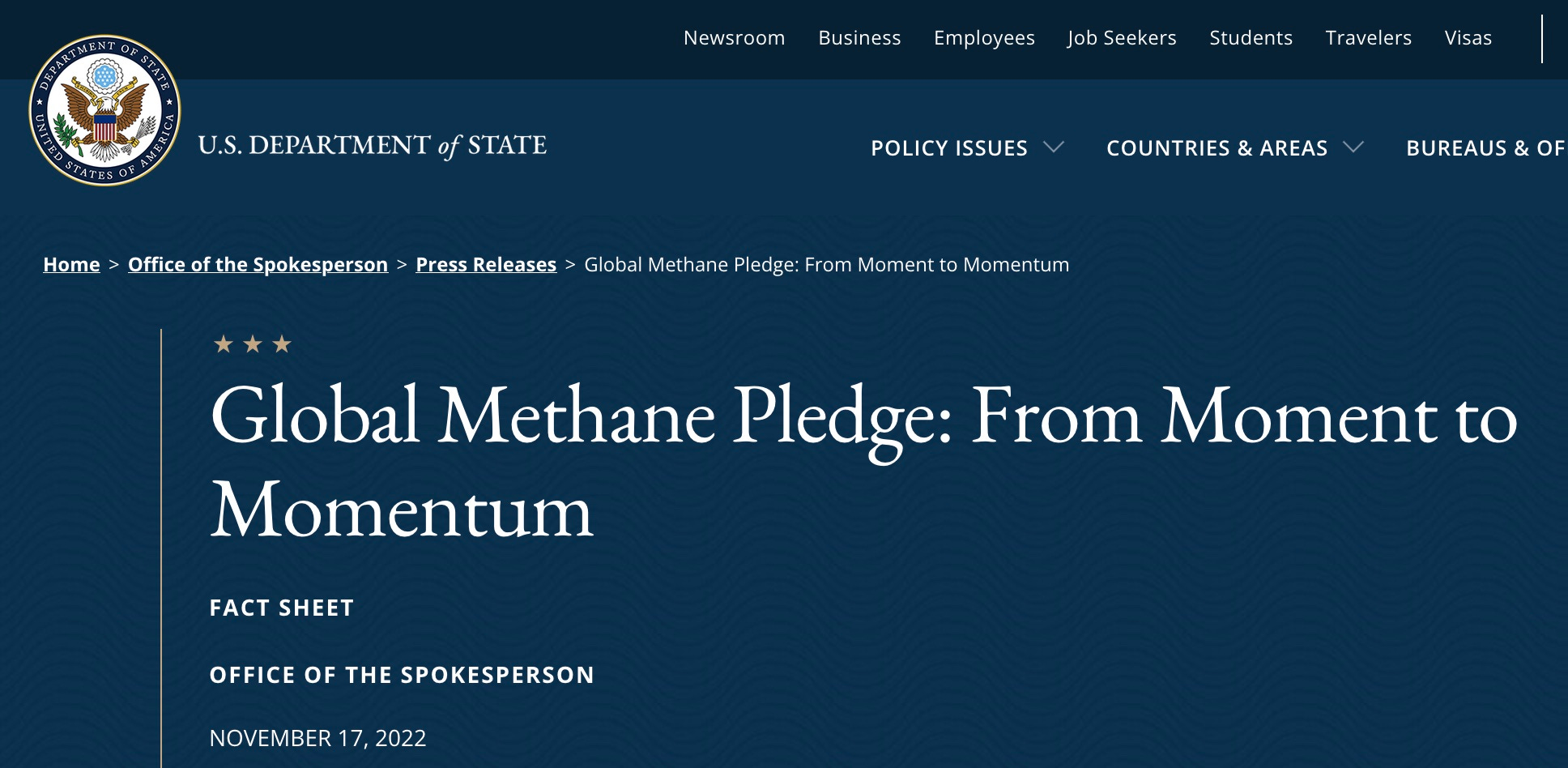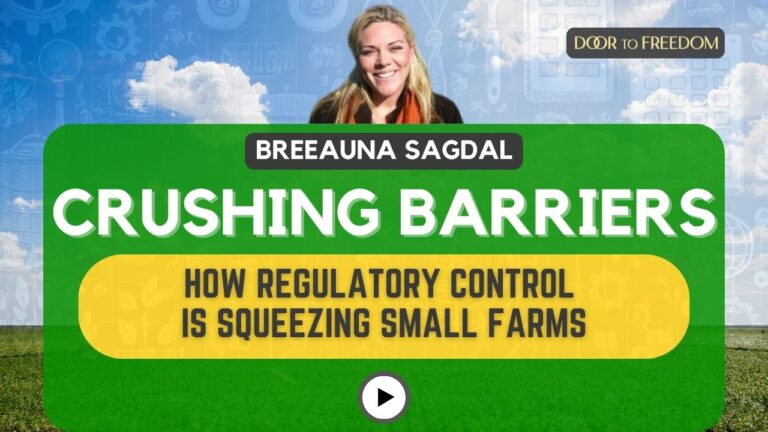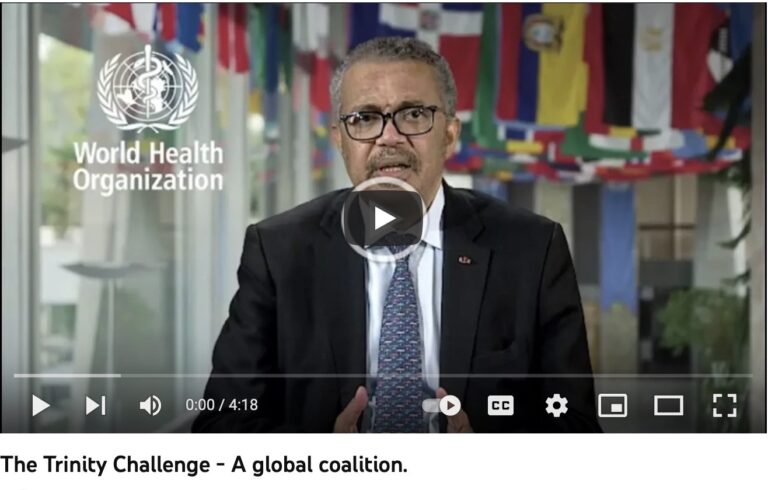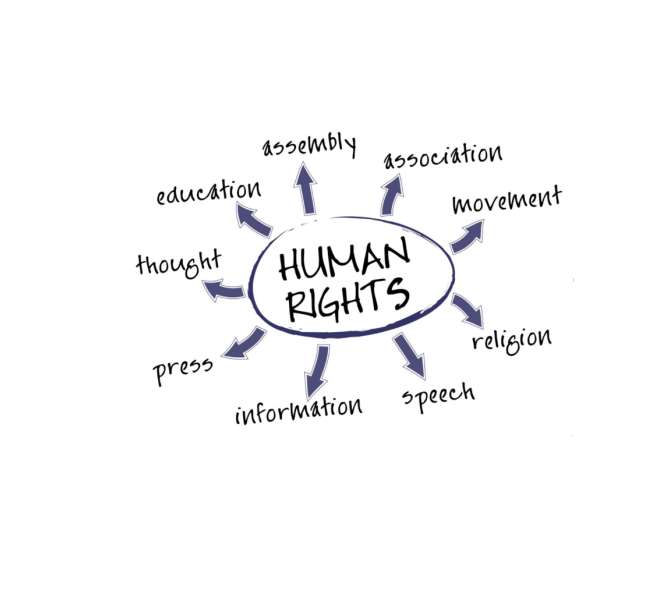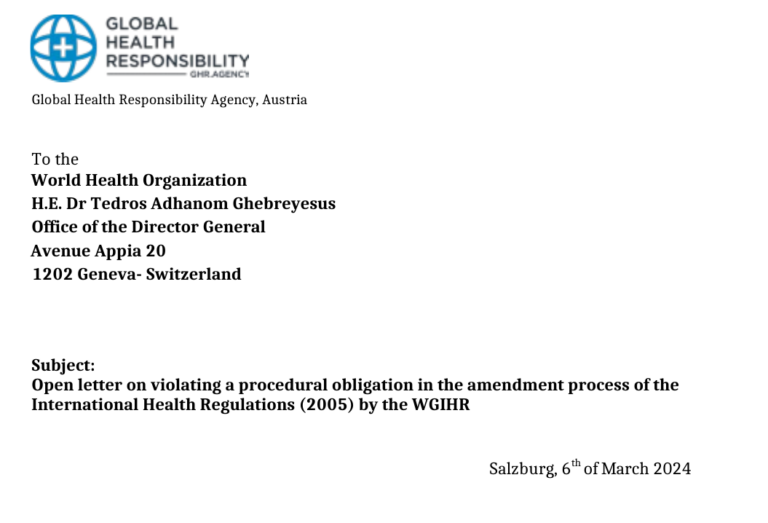This article was published by Meryl on her Substack in June 2023
In the year since it launched at COP26, the Global Methane Pledge has generated unprecedented momentum for methane action. Country endorsements of the GMP have grown from just over 100 last year to 150, more than 50 countries have developed national methane action plans or are in the process of doing so, substantial new financial resources are being directed to methane action, and partners have launched “pathways” of policies and initiatives to drive methane reductions in key methane-emitting sectors – a GMP Energy Pathway launched at the June 2022 Major Economies Forum on Energy and Climate and a GMP Food and Agriculture Pathway and GMP Waste Pathway, both launched today at COP27.
- Leveraging satellite data to respond to super-emitter sources: The UNEP International Methane Emissions Observatory (IMEO), a core implementing partner of the GMP, launched the Methane Alert and Response System (MARS) to scale up detection of major emission events, notify relevant stakeholders, and support and track mitigation progress.
But wait! Can we trust the UN Environmental Program’s satellite data on super emitters? What is missing in this graphic from the Guardian, the CIA’s friendly stenographer?
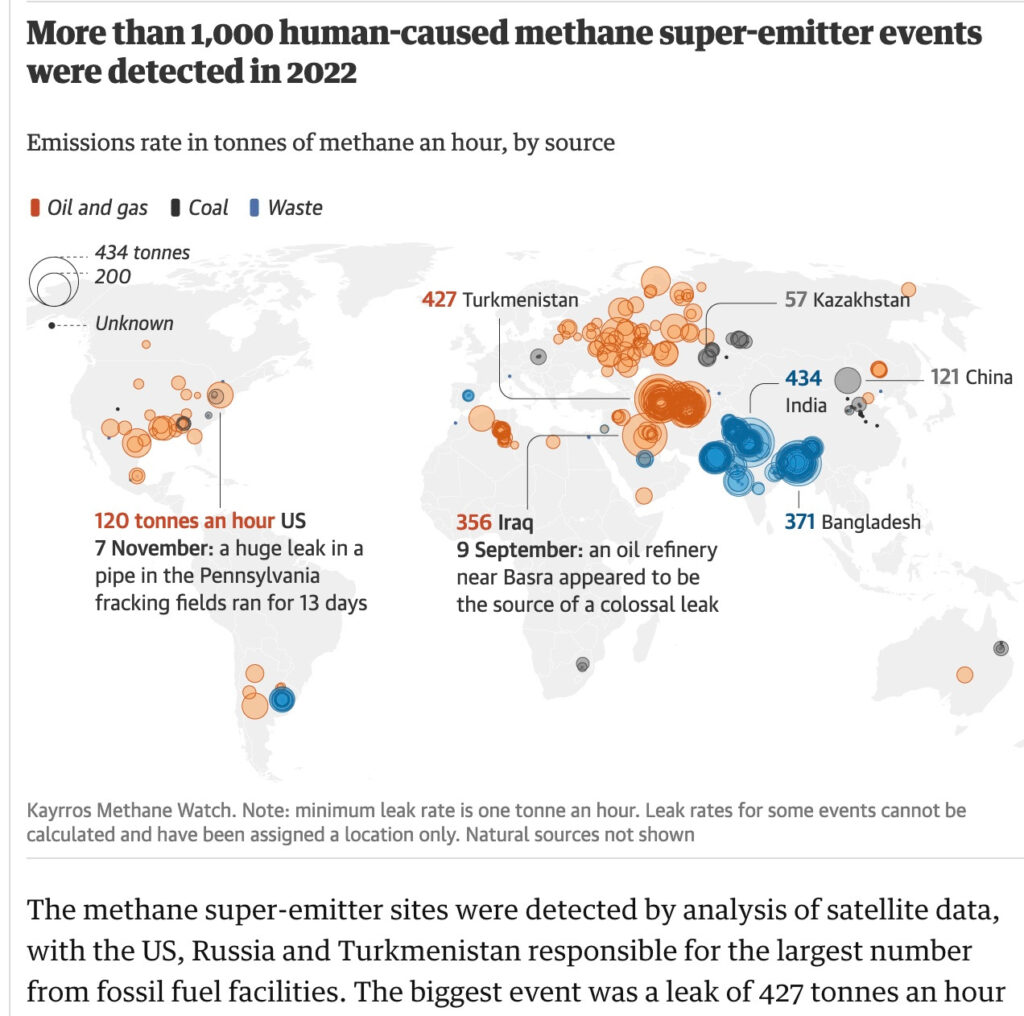
You got it! The Bornholm island leak from the Nordstream explosions, in Denmark’s water but off Sweden’s south coast (under the ‘e’ in Turkmenistan) fails to appear, even though it was said to release enough methane to power Paris for 6 months.
Don’t trust systems that you cannot verify. These days they all appear to be politicized. And why trust governments?
…the International Energy Agency said last year that methane emissions from the fossil fuel sector were about 70% greater than those actually declared by governments.
The United States Department of Agriculture is investing over $500 million in methane reduction projects via Partnerships for Climate Smart Commodities, up to $90 million for domestic food loss and waste reduction, and last year supported dozens of anaerobic digester projects and a broader range of methane-reducing investments through over $64 million in additional grants and guaranteed loans. In the European Union, the new Common Agricultural Policy starting in 2023 increases the emphasis on climate action, including methane from livestock….
What is methane? CH4—A carbon bound to 4 hydrogen atoms. Burned it releases lots of energy and becomes CO2 and H2O.
“Methane is used as a fuel for ovens, homes, water heaters, kilns, automobiles,[25][26] turbines, etc. Activated carbon is used to store methane.
As the major constituent of natural gas, methane is important for electricity generation by burning it as a fuel in a gas turbine or steam generator. “
Get it? They want to reduce your ability to heat your house and your water, as well as your gas stove. They want to reduce your access to electricity.
And here is another factoid they don’t want you to think about: fracking is the big emitter, not cow belches.
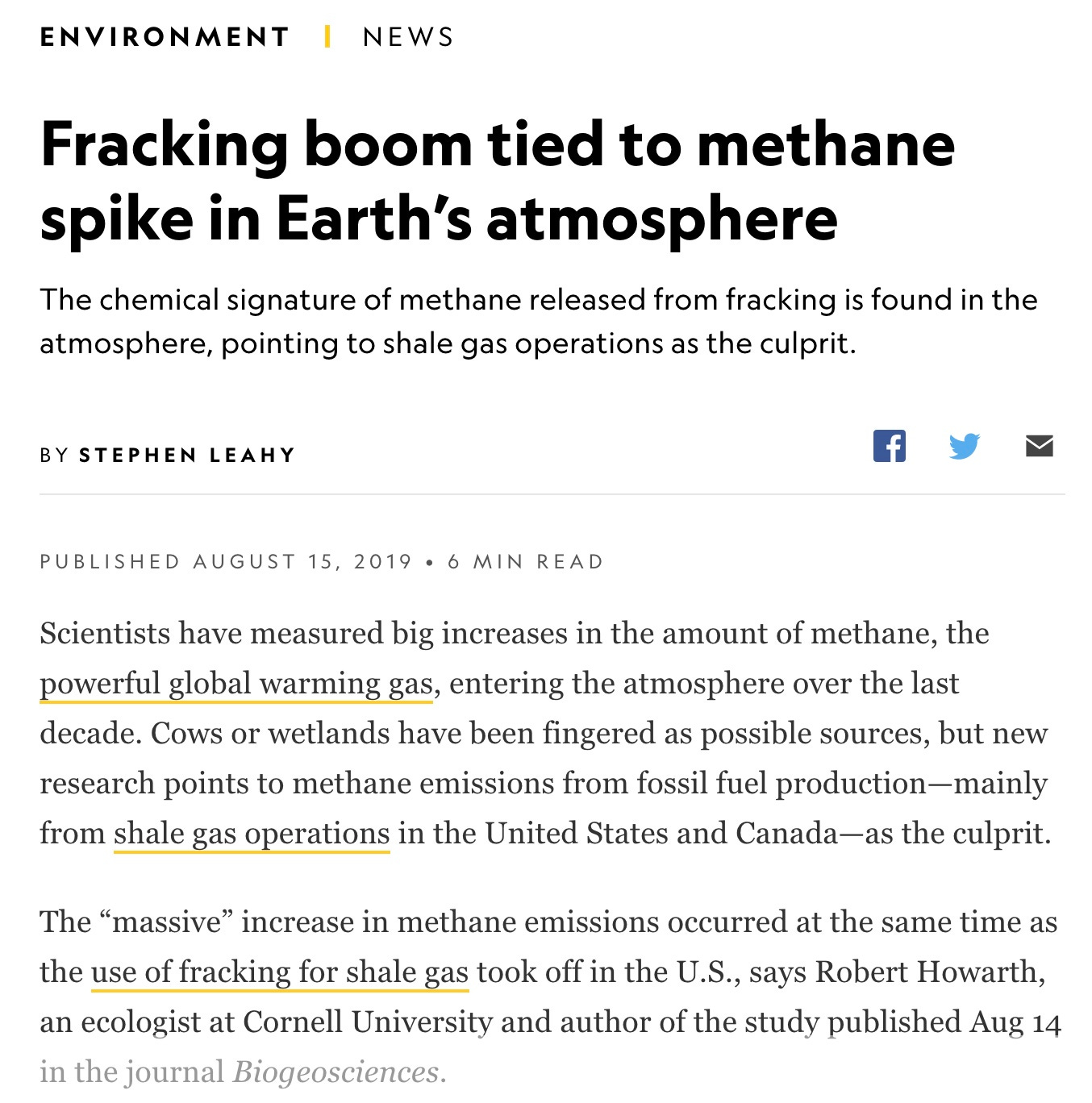
So why not stop despoiling underground waterways by ending fracking, and then see if the resulting reduction in methane emissions leads to that miniscule reduction in global heating that the environmental money-men find so desirable? A simple answer: just end fracking, and we get to keep our cows.

